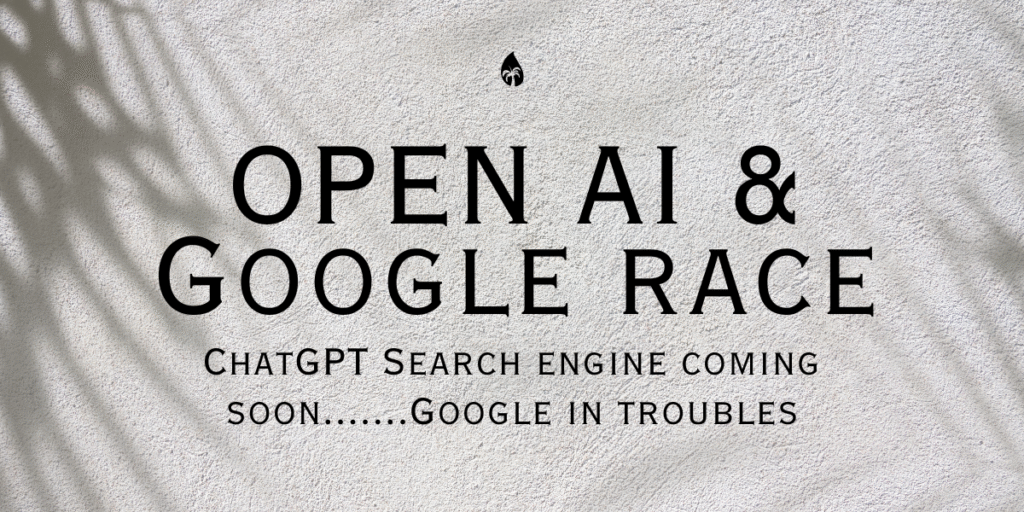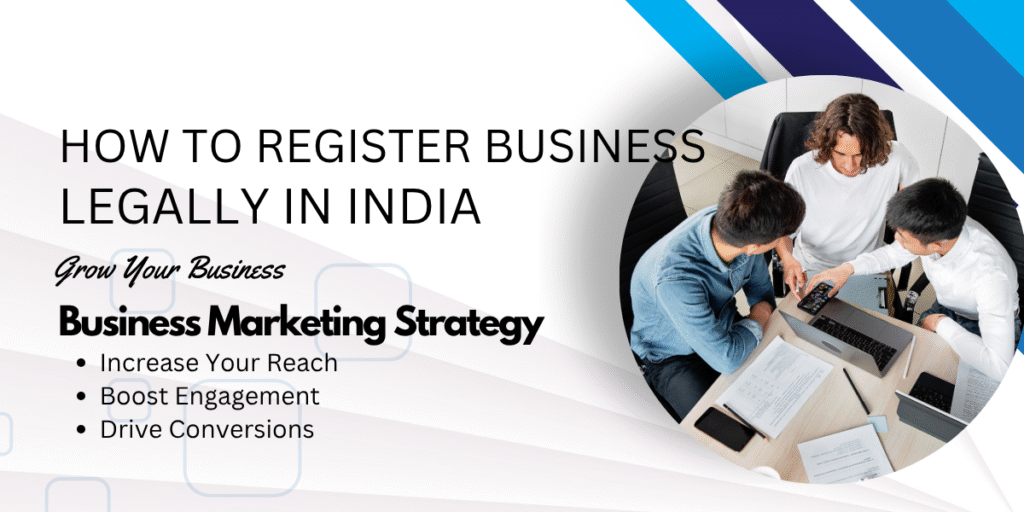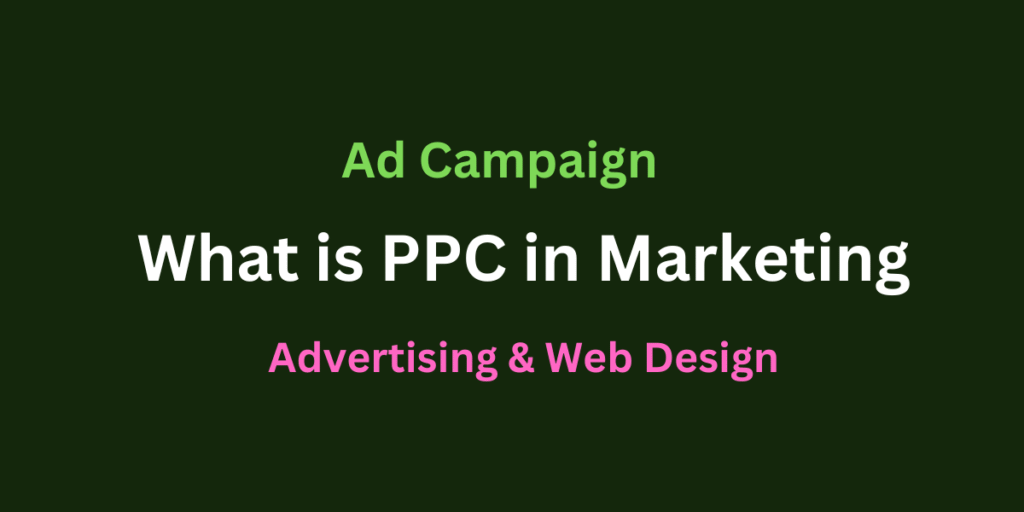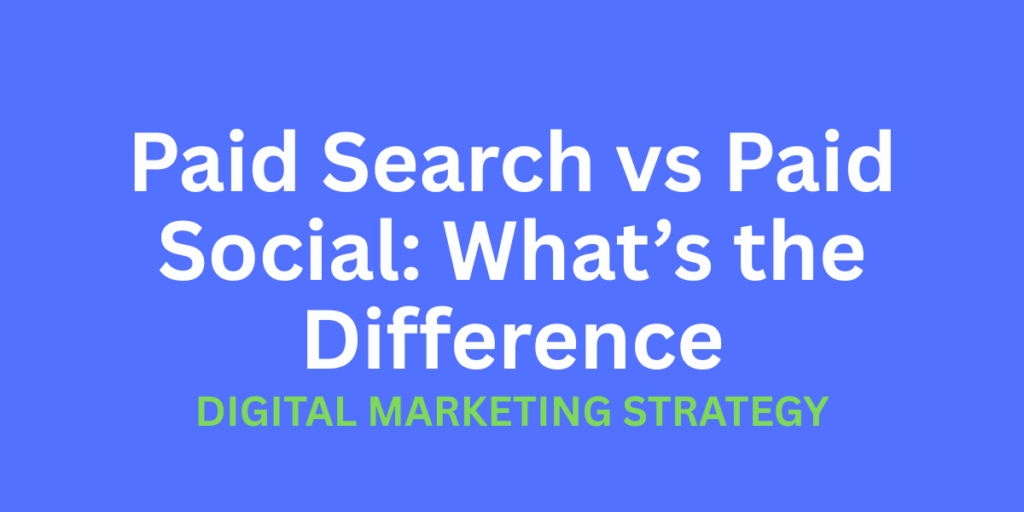
How AI is Changing Search Engine Algorithms: The Google vs. ChatGPT Race
George simteGoogle in troubles, Open AI race for Search engine The digital world has undergone a…
Loading
Here Again Few types of marketing?
Content marketing involves creating and sharing valuable content (blogs, videos, infographics, podcasts, etc.) to attract, educate, and engage a target audience. It builds trust and authority while supporting SEO and lead generation.
Purpose: Build brand awareness, educate customers, and support long-term engagement.
SEO is the process of optimizing a website and its content to rank higher on search engine results pages (SERPs). This increases organic (non-paid) traffic over time.
Purpose: Improve visibility in search engines like Google and drive targeted traffic.
SEM involves paid advertising on search engines (e.g., Google Ads) to appear in top search results. PPC means advertisers pay each time someone clicks on their ad.
Purpose: Gain quick visibility and attract high-intent leads.
This involves using platforms like Facebook, Instagram, LinkedIn, and TikTok to promote products or services, engage with audiences, and build communities.
Purpose: Boost brand awareness, drive engagement, and generate leads or sales.
Email marketing uses personalized and targeted emails to communicate with leads and customers. Common types include newsletters, promotional offers, and follow-up sequences.
Purpose: Retain customers, nurture leads, and drive conversions.
Businesses collaborate with influencers (people with large, engaged followings) to promote their products or services. This often happens on social media or YouTube.
Purpose: Build credibility, reach new audiences, and drive brand awareness.
Affiliate marketing involves partnering with affiliates (publishers or bloggers) who promote your product in exchange for a commission on sales or leads they generate. types of marketing
Purpose: Expand reach and drive sales with performance-based partnerships.
Using videos to promote products, demonstrate how they work, or tell your brand story across platforms like YouTube, social media, or landing pages.
Purpose: Increase engagement, explain complex ideas, and improve conversion rates.
Encouraging customers and influencers to create content featuring your brand. This authentic content helps increase trust and social proof.
Purpose: Build trust and promote authenticity around your product or service.
Marketing tailored for smartphones and tablets, including SMS campaigns, push notifications, and mobile-optimized content.
Purpose: Reach customers on-the-go and enhance user experience on mobile devices.
This includes visual ads (banner ads, pop-ups) that appear on websites, apps, or videos — often part of Google’s Display Network.
Purpose: Retarget site visitors, build brand awareness, and attract new leads.
This strategy shows ads specifically to users who have already interacted with your website or app, reminding or encouraging them to return and convert.
Purpose: Re-engage potential customers and reduce abandoned carts or bounce rates.
Public Relations (PR): Building relationships with media and the public to generate positive publicity.
Viral Marketing: Creating content that is likely to be shared widely online.
Product Marketing: Focusing on launching and promoting new products or services
Each type of digital marketing serves a different role in the customer journey. An effective strategy usually combines several of these approaches to reach and convert customers at every stage of the funnel. types of marketing

Google in troubles, Open AI race for Search engine The digital world has undergone a…

Why Brands Hire Digital Marketing Agencies to Promote on Google, YouTube, Meta, LinkedIn, Pinterest &…

To register a private business or sole proprietorship in India, follow these steps: ✅ 1….

In today’s competitive digital landscape, simply having a website isn’t enough. If you want immediate…

🧠 What Is the Difference Between Paid Search and Paid Social? In today’s digital marketing…

Marketing vs Branding: What’s the Difference and Why It Matters In the world of business…